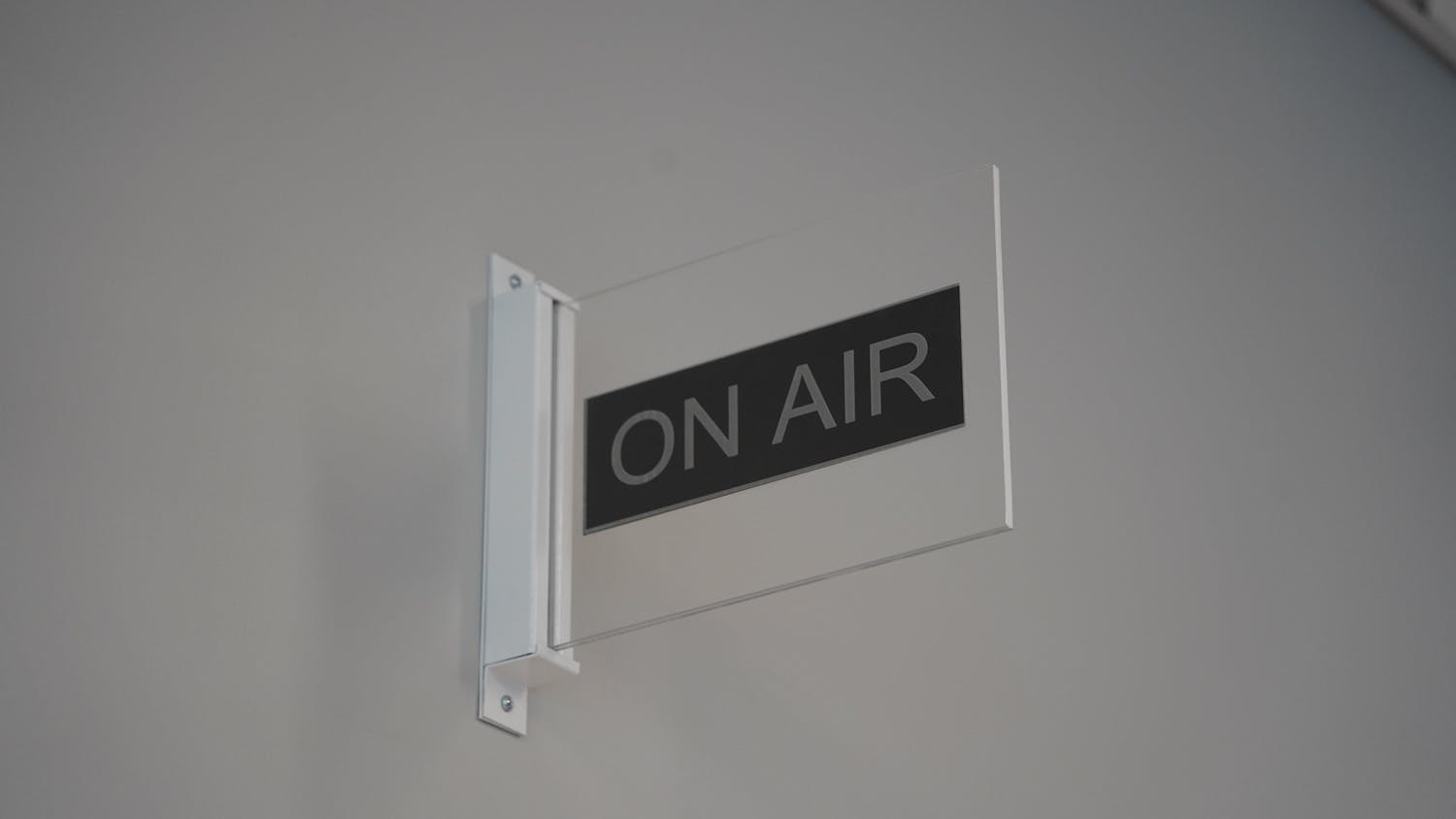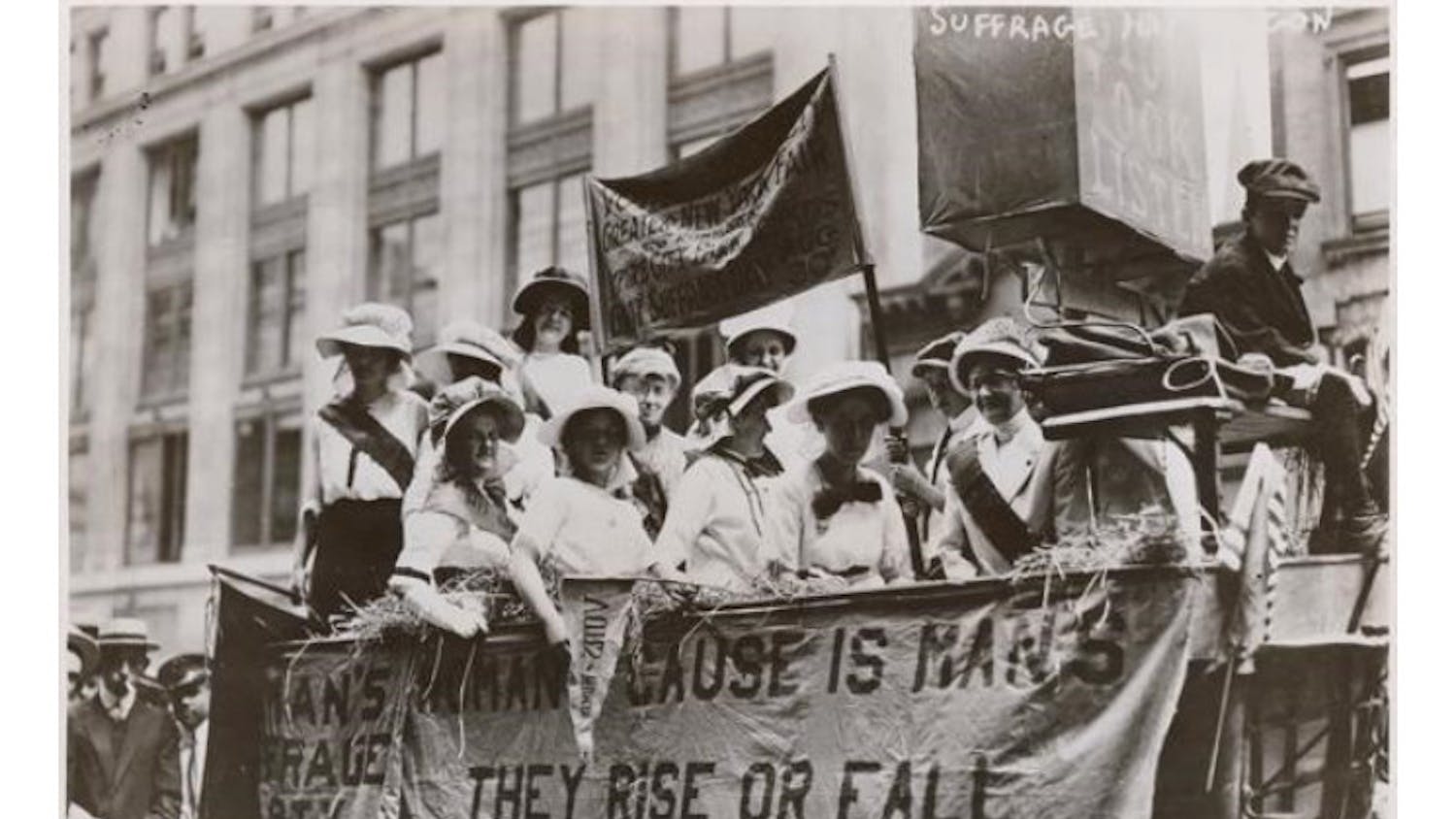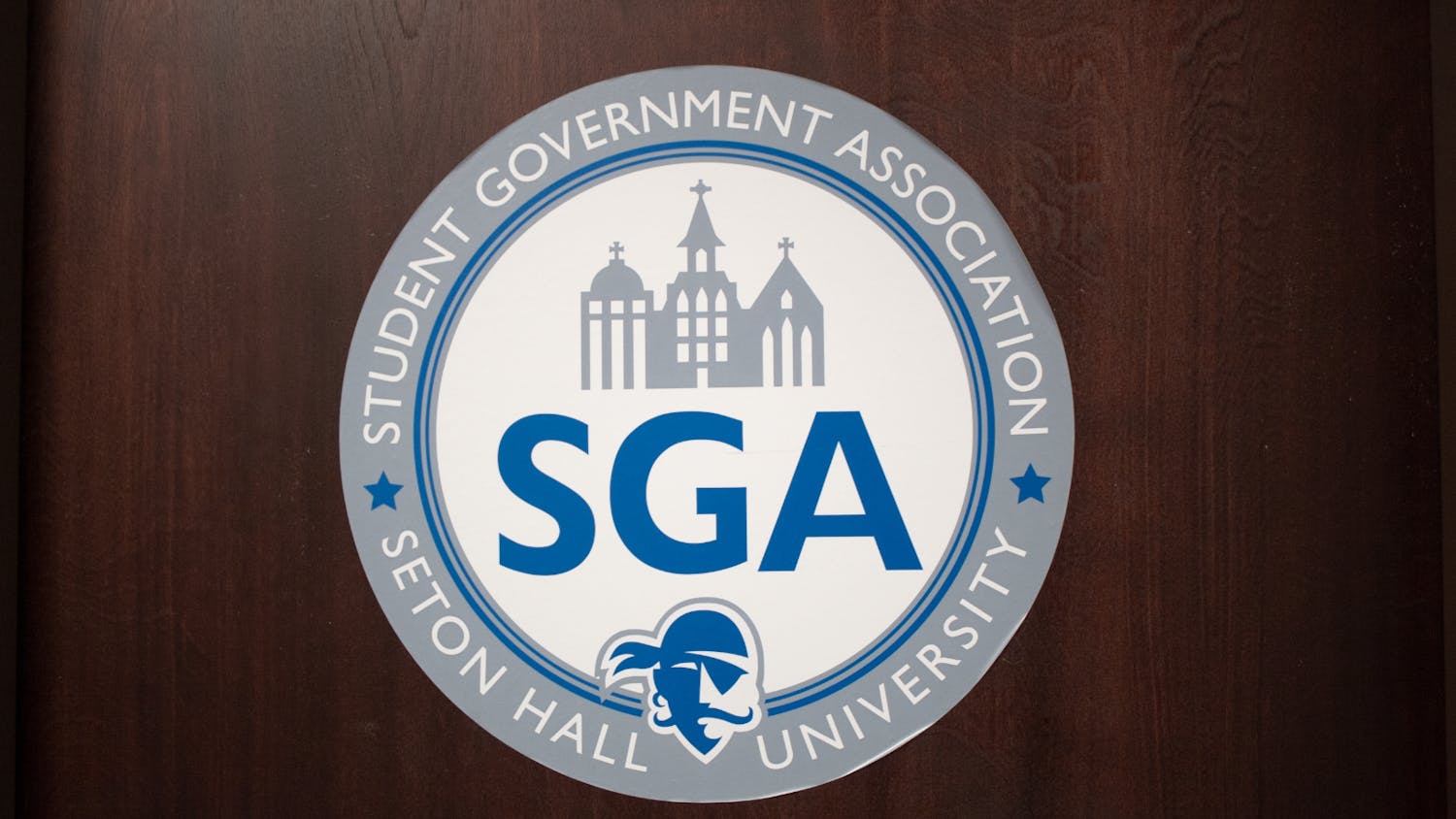The American Heart Association (AHA) has changed its basic life support sequence from Airway-Breathing-Chest Compressions (ABC) to Chest Compressions-Airway-Breathing (CAB), according to its website. The change was made in the hope that more people will begin cardiopulmonary resuscitation (CPR) if they witness a cardiac arrest.
Previously, CPR began with the rescuer "looking, listening, and feeling" for breaths before giving two ventilations, according to the 2010 AHA Guidelines for CPR AND ECC. With the new CPR, chest compressions will take place before ventilations.
Most bystanders do not perform CPR, a potentially lifesaving step. By beginning with chest compressions, AHA hopes that bystanders will be more willing to begin CPR.
Colin Skeele, a 2008 graduate of Seton Hall and AHA CPR Instructor since 2001, agrees.
"It would seem that more bystanders would be inclined to perform CPR if they did not have to perform mouth-to-mouth breathing," Skeele said.
According to the new guidelines, good chest compressions are being emphasized. Achieving an adequate depth and compression rate while allowing the chest to fully recoil are key components of CPR.
A second key change is the usage of automated external defibrillators (AEDs). AEDs shock a patient who is in a heart rhythm called ventricular fibrillation. The shock is an attempt to return the patient to a normal heart rhythm.
AEDs were previously only allowed to be used for children one year or older. AED usage was not recommended for infants.
According to the 2010 AHA Guidelines for CPR and ECC, although manual defibrillators are preferred, AEDs can be used on infants. The guidelines claim that studies have shown that AEDs "have been used successfully in infants in cardiac arrest with no clear adverse effects".
Nancy Morton, a CPR instructor at Chilton Memorial Hospital in Pompton Plains, has been teaching CPR for 15 years.
"The actual class material for HCP [Health Care Provider, a CPR class for healthcare professionals] is due out between January and March so it will be a while until we see the ‘new' class," Morton said.
Health Services and Public Safety are also aware of the changes.
Mary Beth Costello, Director of Health Services, reported that the Health Services staff is trained in both CPR and AED usage, as per guidelines.
"As members of the Health Service team, we follow guidelines and recommendations from federal, state, and professional organizations," Costello said.
Sergio Olivia, Assistant Director of Public Safety in charge of CPR training, reported that its members are trained in American Red Cross CPR, AED, and First Aid. According to Olivia, since the Red Cross has not changed its standards, the staff will not get retrained.
However, if the Red Cross does change, the staff will be trained accordingly.
"Our staff will be recertified to the new standard on their next certification," Olivia said.
While it is uncertain if the guidelines will encourage bystanders to perform CPR, Skeele believes the AHA should address another issue as well, which include legal implications.
"The legal issues involved in CPR are some of the most common questions I receive while teaching CPR classes and they should be more thoroughly addressed," Skeele said. "In our litigious society, course participants are often concerned if they are putting themselves at risk by performing CPR."
The American Heart Association releases updated guidelines every five years. The last change that affected the classroom experience was in 2008 with the recommendation of Hands Only CPR, a method where the rescuer does not ventilate the patient but delivers continuous compressions.
Jessica Card can be reached at jessica.card@student.shu.edu.





